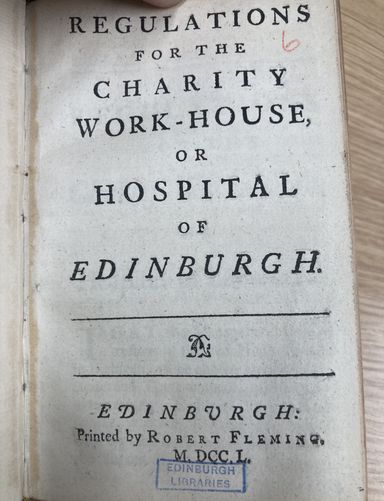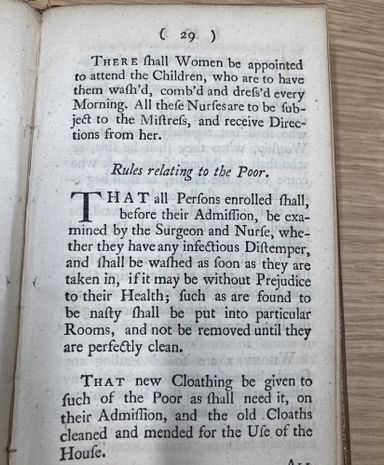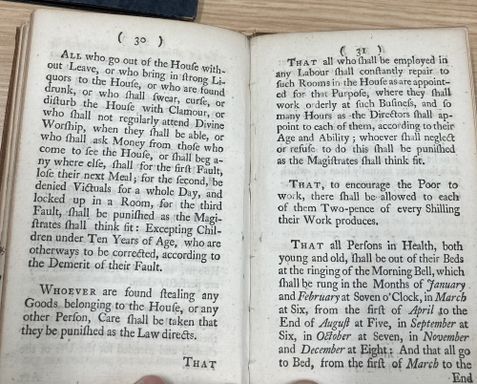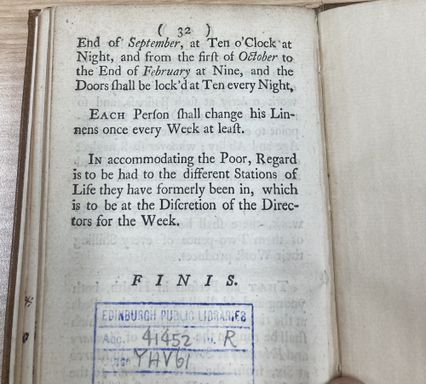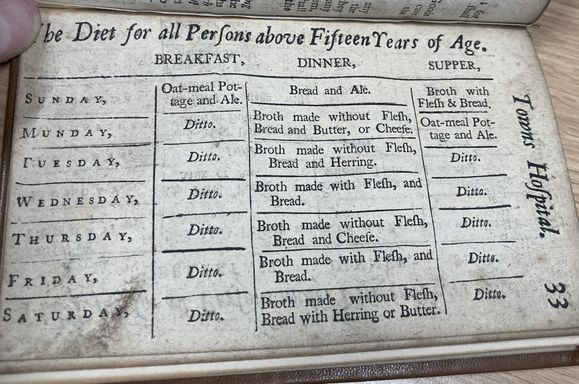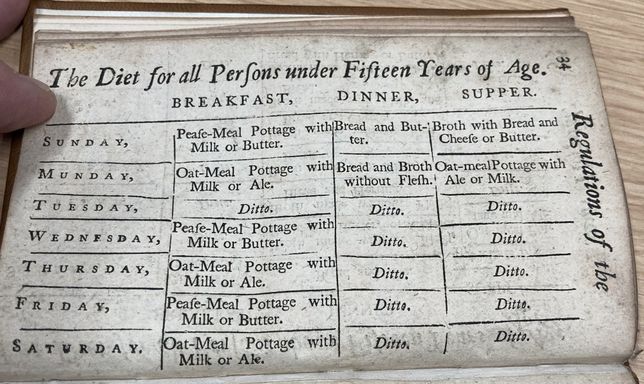The Cold Hand of Charity
Tales from the Edinburgh City Poorhouse
Alastair MacDonald
Taken entirely from contemporary accounts, this is the extraordinary story of the Edinburgh Poorhouse, often in the words of the officials and inmates themselves. With tales that are shocking and poignant as well as amusing, this is a very readable account for anyone interested in social history or family research. It is said around 1 in 10 people in Scotland have had an ancestor in the Poorhouse.
Paperback £12.99
31 Illustrations inc. colour
ISBN 978-1-3999-0608-1
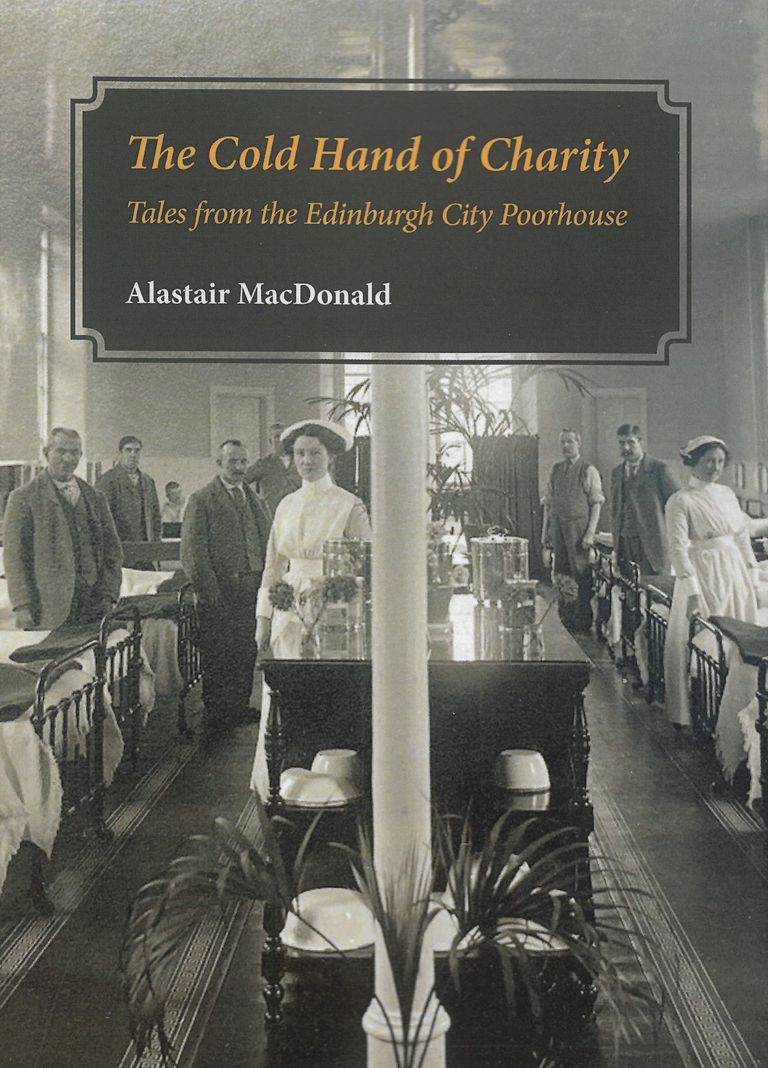
What's in the book?
Starting with an insight into how Scotland dealt with the poor before the Industrial Revolution, the story looks at the seismic changes of the 1840s and how 'indoor relief' became institutionalised.
Two model poorhouses were built in Edinburgh from 1867. The Craiglockhart Poorhouse was based on 'state of the art' design and on a grand scale. See the extraordinary planning involved and learn how it was managed. The book includes some vebatim records of management meetings, where angry debate and religious bigotry were rife.
We then meet some of the inmates (both the staff and the paupers), learn about their lives and hear some extraordinary stories, some highly amusing, as well as tragic. These are the words and lives of ordinary people, often overlooked in history books.
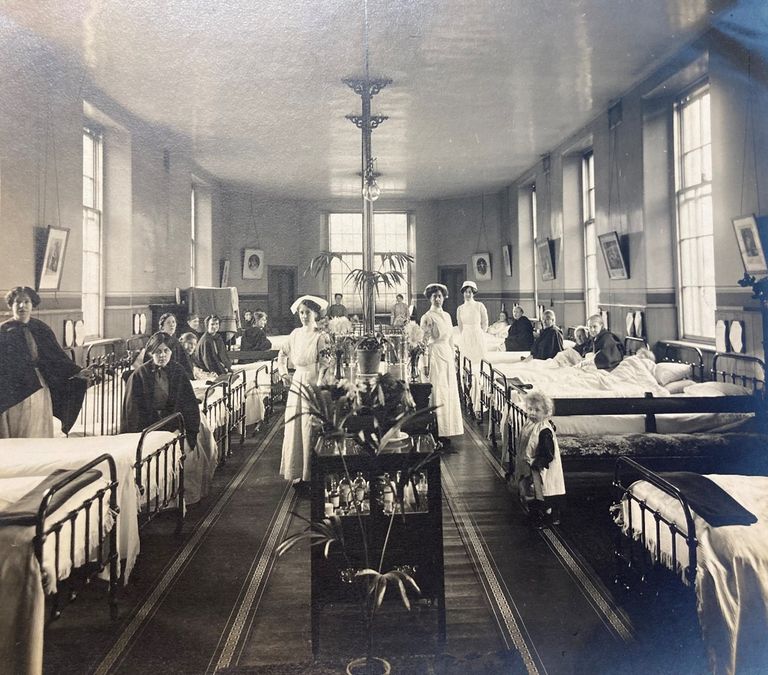
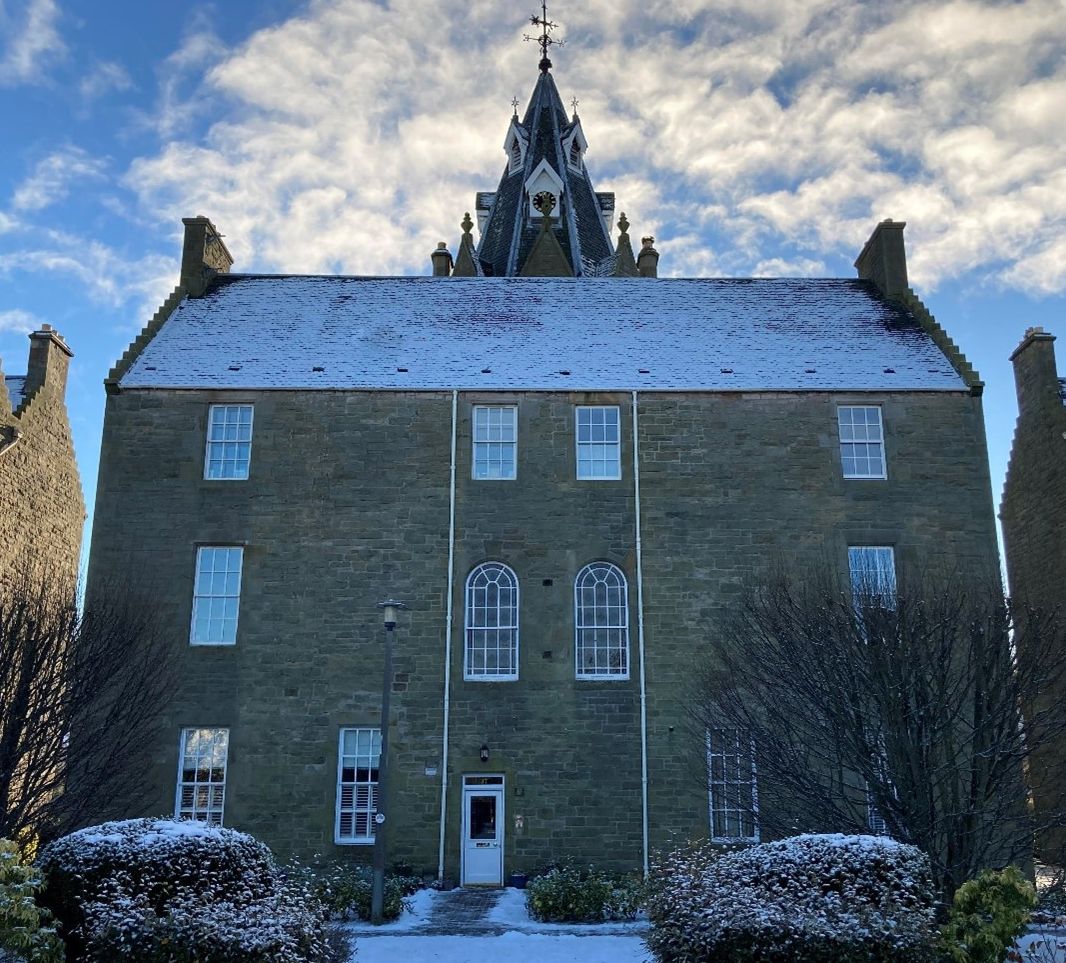
"To render the Poorhouse unattractive to the lazy and the vicious and to keep them under proper restraint when they are inmates, a harsher treatment and sterner discipline are necessary than if the good and industrious resided within its walls "
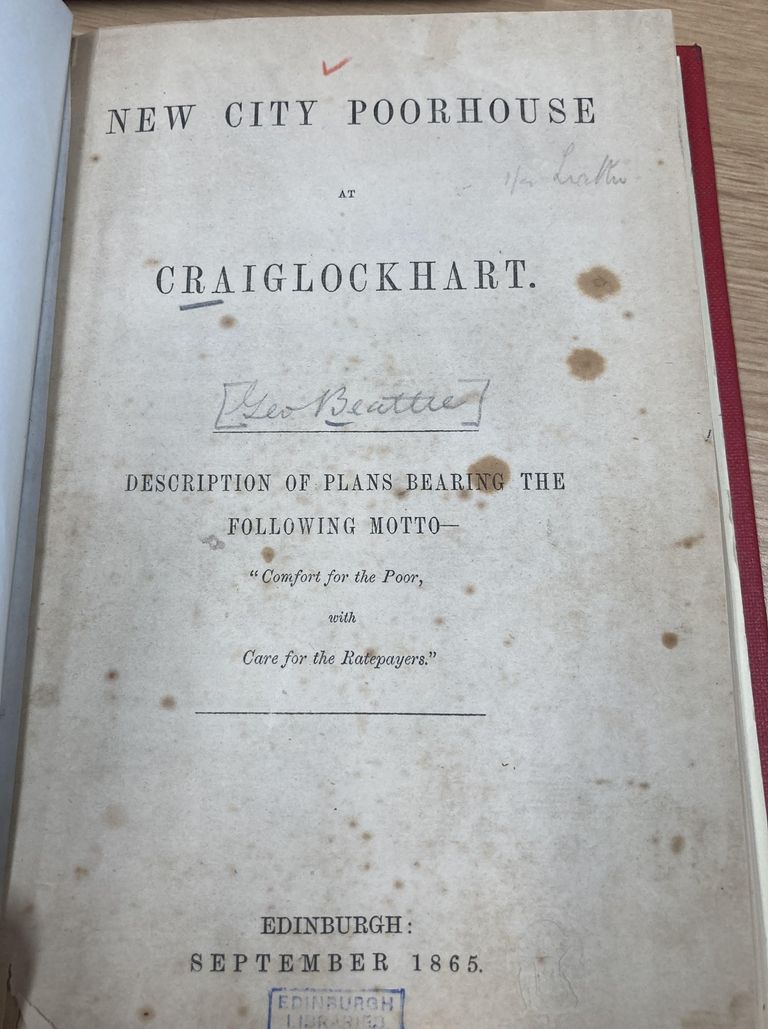
The plans 1865
"Comfort for the poor, with care for the ratepayer"
"The main object of a poorhouse is to provide a comfortable home for the aged and helpless poor. Accommodation must also be provided for weak minded or wholly insane persons. There are others however, the dissipated, the improvident and the vicious who are only too ready to enter the poorhouse and throw the burden of their maintenance upon the community."
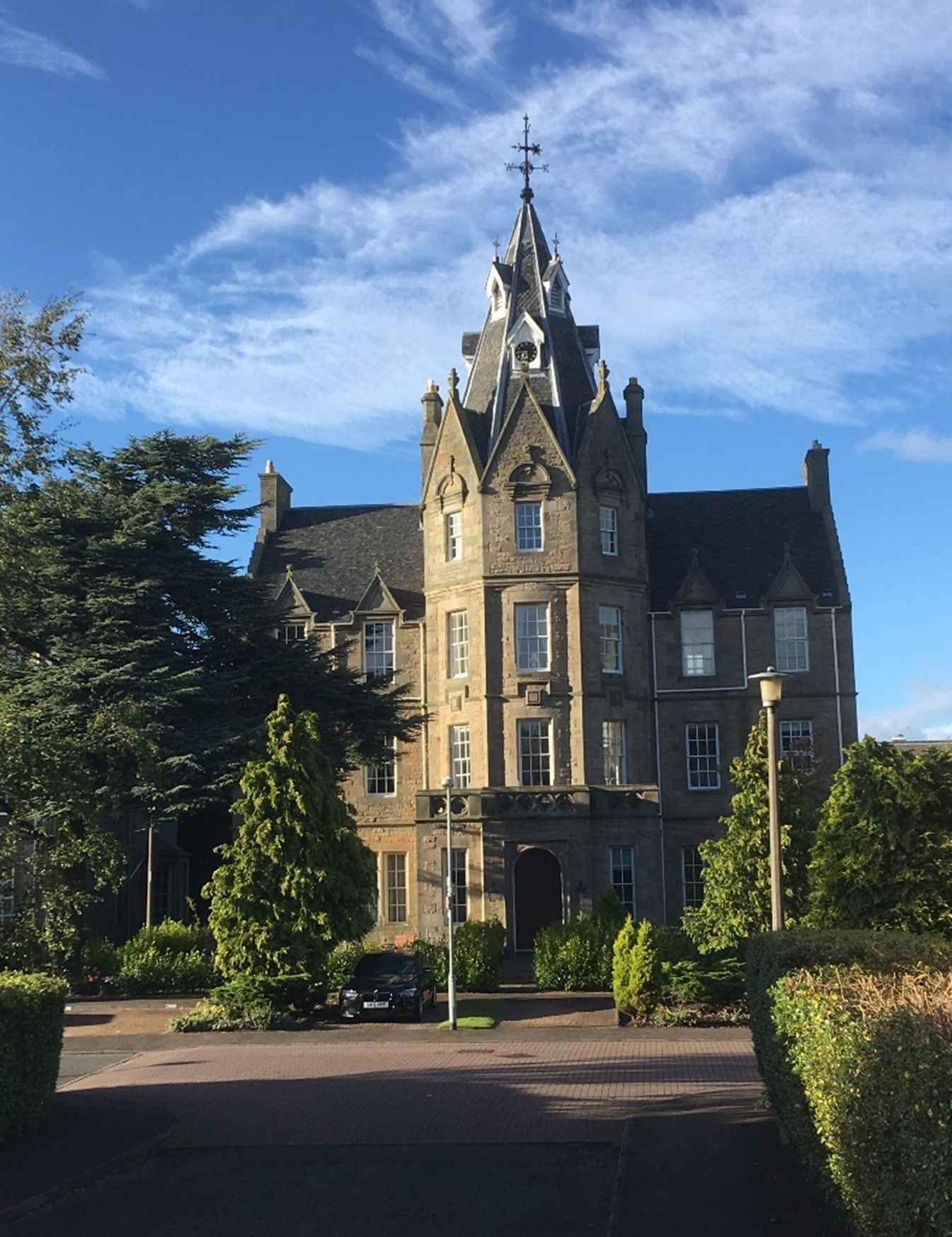
The design
Architects: George Beattie & Sons.
Winning the competition in 1867 brought the firm to national prominence.
"The architect has adopted the Scotch style for the exterior. This style will be quite as economical as any other style which could be adopted, in fact it will be quite as economical as if the buildings were erected with no style at all."
"When the bell rings at 2 o'clock, the dining hall door is opened and seven minutes elapses before the last man is seated. The time taken to the meal is either seven or eight minutes and the hall is cleared again at 2.20pm, altogether too short a time for proper mastication. A cause of much grumbling is the espionage that goes on continually regarding the taking away of some of the bread which the time allowed hinders them from eating. The centre officials warn the men of the dire consequences that would follow if they are discovered taking anything out of the hall"
About 1.00 the 200 inmates assembled in the dining hall where they were supplied with soup, after which, Mr Duncan Grant, Chairman of the House Committee wished them a Happy New Year. For no doubt this was a life of monotony and they would feel lonely at times, but they had very much to be thankful for. They were living in a house in the finest locality and had every comfort, indeed the managers even went beyond the statutory role in order to make them as comfortable as it was possible to be.
Old Edinburgh Poorhouse Rules 1750 click images to enlarge
Opened in 1743 , it was demolished in 1870
Diet at the Glasgow Poorhouse 1733
Contact us
E-mail: info@edinburghpoorhouse.com
We will never share your data with anyone
